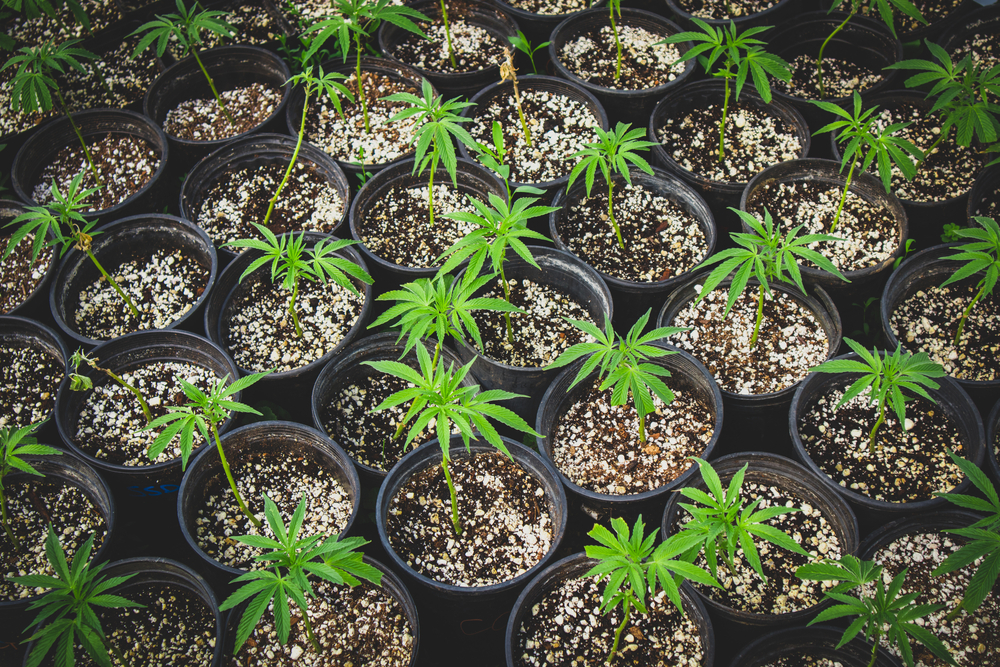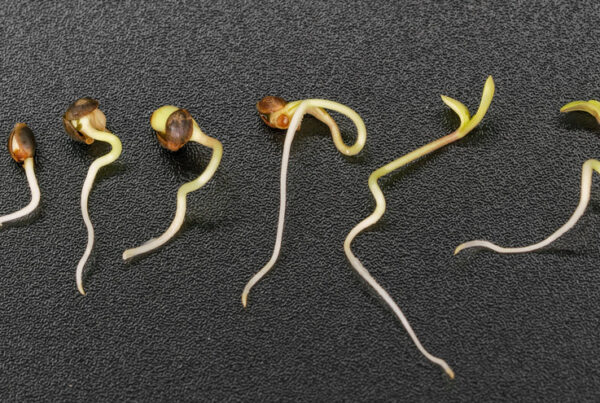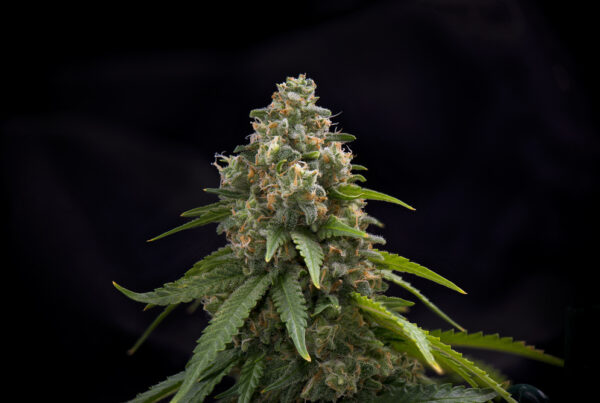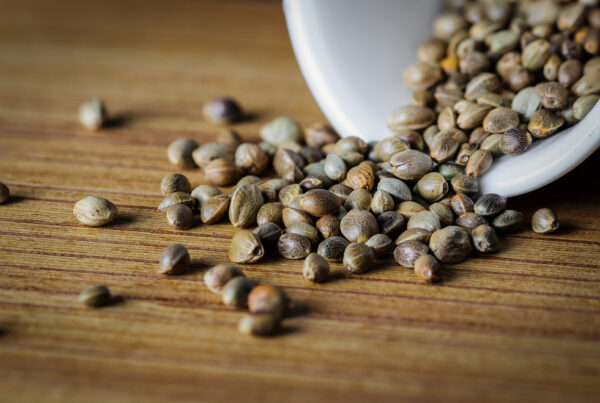When it comes to cultivating cannabis plants, experienced growers often rely on the technique of cloning. Cloning enables them to replicate plants, preserving desired characteristics and expediting the growth process. In this article, we will delve into the art of cloning cannabis plants. From selecting the parent plant to nurturing the clones, this comprehensive guide will equip you with all the knowledge necessary for successfully cloning your cannabis.
Choosing the Parent Plant
The initial stage of cloning a cannabis plant entails selecting a parent plant. It is advisable to opt for a productive plant that exemplifies all the desired traits – whether it’s growth, high yields, or specific cannabinoid content. It is crucial to note that any genetic flaws or pests present in the parent plant may transfer to its clones, making it essential to choose a pest-free parent.
Taking Cuttings
Now that you have identified a parent plant, it’s time to proceed with taking cuttings, commonly referred to as clones.
- Get your tools ready: Before you start taking cuttings, make sure you have all the tools, like pruning shears or a clean razor blade, rooting hormone, sterile potting mix, trays or containers to place the cuttings in, and labels to keep track of different strains or varieties.
- Choose branches: Look for branches on the lower part of your main plant that have good growth and vibrant leaves.
- Clean your tools: It’s important to sterilize your cutting tools before using them on your plants. You can do this by wiping them with rubbing alcohol or soaking them in a solution of one part bleach to ten parts water. This step helps prevent the spread of diseases.
- Take cuttings: Using your sterilized cutting tool, make cuts at about 45 degrees above where the leaves emerge from the stem (leaf nodes). Each cutting should be 4 to 6 inches long and have at least two sets of leaves.
- Trim leaves: After taking the cuttings, remove any fanning leaves and keep only the small topmost leaves intact. This will help reduce water loss and focus energy on root development.
Preparing the Cuttings for Rooting
Now that you have your cuttings, it’s time to get them ready for rooting:
- Apply Rooting Hormone: Dip the cut end of each cutting into a powder or gel that stimulates root development, known as rooting hormone. Make sure to cover the end to maximize its effect.
- Plant Your Cuttings: Take trays or containers filled with a potting mix specifically designed for seedlings or clones. Create holes using a pencil or chopstick and gently place each cutting about 1–2 inches into the soil, ensuring that there is firm contact between the cutting and the soil.
- Maintain Humidity: Cover the tray or container with a plastic dome. Use a humidity dome to create a moist environment around your cuttings. This helps prevent water loss from leaves while encouraging transpiration.
Caring for Your Clones
After planting your clones, providing care is crucial for their survival:
- Keep Ideal Temperatures: Maintain a temperature range between 72°F (22°C) during daylight hours and 62°F (16°C) at night for your clones. Avoid extreme temperatures, as they can stress your clones and hinder root development.
- Provide Adequate Lighting: The recommended light duration during the growing stage for cannabis plants may vary depending on factors like the specific strain and the environment. Generally, it is advised to provide high-intensity light, such as fluorescents or LEDs, for 18 to 24 hours daily. This helps promote growth and the production of chlorophyll.
- Proper Watering Schedules: When watering your clones, make sure to check that the top layer of the soil feels dry to the touch but not overly saturated. Overwatering can lead to root rot or fungal diseases, so it’s important to maintain a proper watering schedule.
Conclusion
Cloning cannabis plants offers an effective method to replicate your strains or preserve desirable traits without relying on seeds. By selecting a parent plant, correctly taking cuttings, and providing optimal care for the clones, you can successfully clone your cannabis plants and enjoy consistent, high-quality harvests. So, put this guide into practice and confidently embark on your journey of cloning cannabis! Happy growing!






